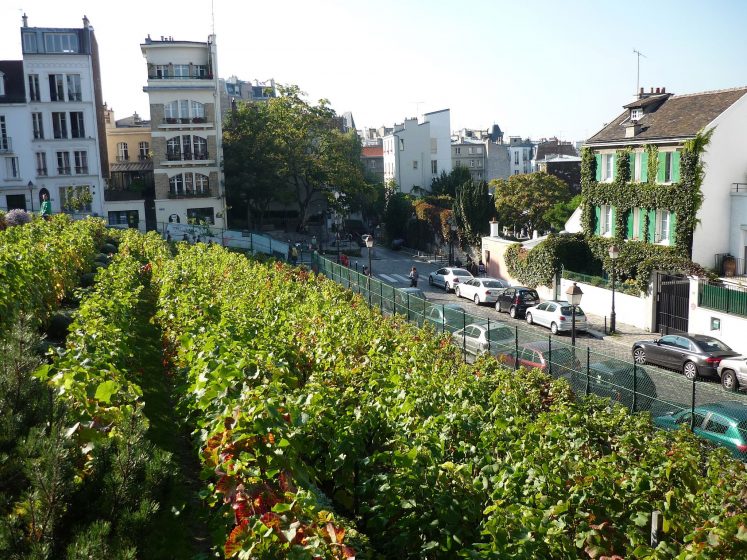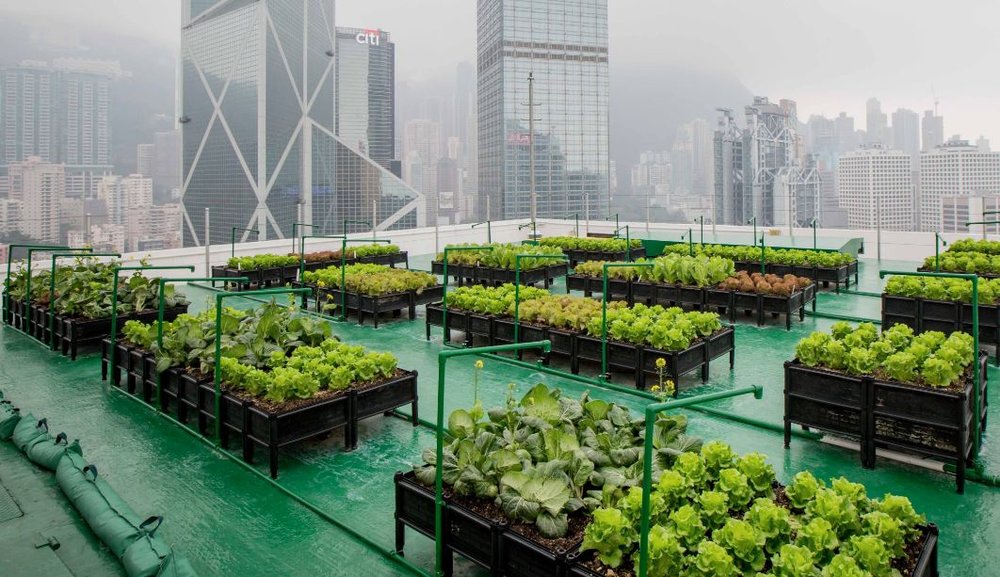Indicators on City Blooming You Should Know
Indicators on City Blooming You Should Know
Blog Article
Not known Facts About City Blooming
Table of ContentsCity Blooming Fundamentals ExplainedFacts About City Blooming RevealedOur City Blooming IdeasThe Definitive Guide for City BloomingAn Unbiased View of City Blooming
Interested in growing food to buy in the City of Chicago? Assuming regarding starting a neighborhood yard? Changes to the Chicago Zoning Regulation allow agricultural uses like community yards and urban farms in many components of the city. Below is a list of often asked questions pertaining to the rules and policies that growers need to take into consideration when intending an urban agriculture task.
The zoning modification does not customize any type of various other codes taking care of composting, building authorizations, acquiring or renting City had building, organization licenses or environmental contamination. There are existing codes that manage these issues and they continue to be in complete effect and may apply to your task. Community yards are commonly possessed or managed by public entities, public companies or community-based organizations and kept by volunteers.
Urban ranches expand food that is planned to be offered, either on a not-for-profit or for-profit basis. Due to their industrial purpose, urban ranches call for an organization license.
City Blooming Fundamentals Explained
Composting is allowed however just for plant product that is created and made use of on site. The amount of compost product can not exceed 25 cubic backyards at any type of provided time according to the standards in 7-28-715 of the City's Municipal Code. Yes. Due to the fact that the dirt at the majority of new yard websites requires changing, garden compost, soil, wood chips, or other products can be obtained to build or improve the growing room - sustainable gardening.

If a structure permit is required then the hoophouse will certainly be taken into consideration an accessory structure. You can figure out even more regarding the structure license demands by calling the Division of Structures. The 25,000-square-foot dimension limit is intended to avoid a solitary neighborhood garden from dominating a provided block or diminishing the block's existing property or industrial personality.
The restriction does not apply to gardens located in Public Open Room (POS) areas. Can there be more than one area yard that is 25,000 square feet on a single block? Yes. The dimension limit relates to specific yards, not to individual blocks. No. Secure fencing is not required, nevertheless, yards that have large parking locations may be called for to set up fencing or other landscaping functions.
Excitement About City Blooming
B1 & B2 areas need that all business use activities be carried out inside. R areas restrict industrial task. The policies mirror the objective and intent of the Zoning Code. Is fence needed for city ranches? Yes. Fences might be needed, in addition to landscaping and testing, for sure car park locations and outdoor job or storage locations depending on area and the specific activity taking place.
Urban farms call for building authorizations and zoning authorizations prior to building (fruit and vegtables). Other kinds of city evaluation might be required depending on certain frameworks, activities, size, landscape design, licensing, public heath and stormwater management issues.
The Department of Organization Matters and Consumer Protection can help figure out the specific kind of company license that's required. Off street car park is required for the majority of industrial projects in Chicago. The needed number of car parking spaces is based on the number of workers functioning on site and not the square footage of the expanding area.
All about City Blooming

Yes. A metropolitan farm can offer garden compost material created on website, however, the procedure must abide by the regulations in 7-28-715 of the Chicago Municipal Code. Yes. Aquaponic systems are enabled indoors on metropolitan ranches in numerous zoning districts. However, a zoning evaluation and structure authorization is required in order to mount structures or systems and a business certificate is required as described over.
As much as five hives or colonies of honey may be kept as an accessory use. Beekeepers have to register with the Illinois Division of Agriculture. For even more information regarding the recommended zoning amendment you might speak to the Department of Housing and Economic Growth, Bureau of Preparation and Zoning at 312.744.8563.
, which takes area in rural areas at the edge of residential areas.
Not known Facts About City Blooming
It can include an activity of natural cultivators, "foodies" and "locavores", who seek to form social media networks started on a shared values of nature and neighborhood holism. These networks can develop using official institutional assistance, coming to be integrated right into local town planning as a "transition town" movement for lasting metropolitan growth.
The much try this web-site more straight accessibility to fresh vegetable, fruit, and meat items that might be realised through urban farming can boost food security and food safety and security while reducing food miles, resulting in lower greenhouse gas exhausts, thus contributing to environment adjustment reduction. Some of the very first evidence of metropolitan farming comes from Mesopotamia.
Report this page